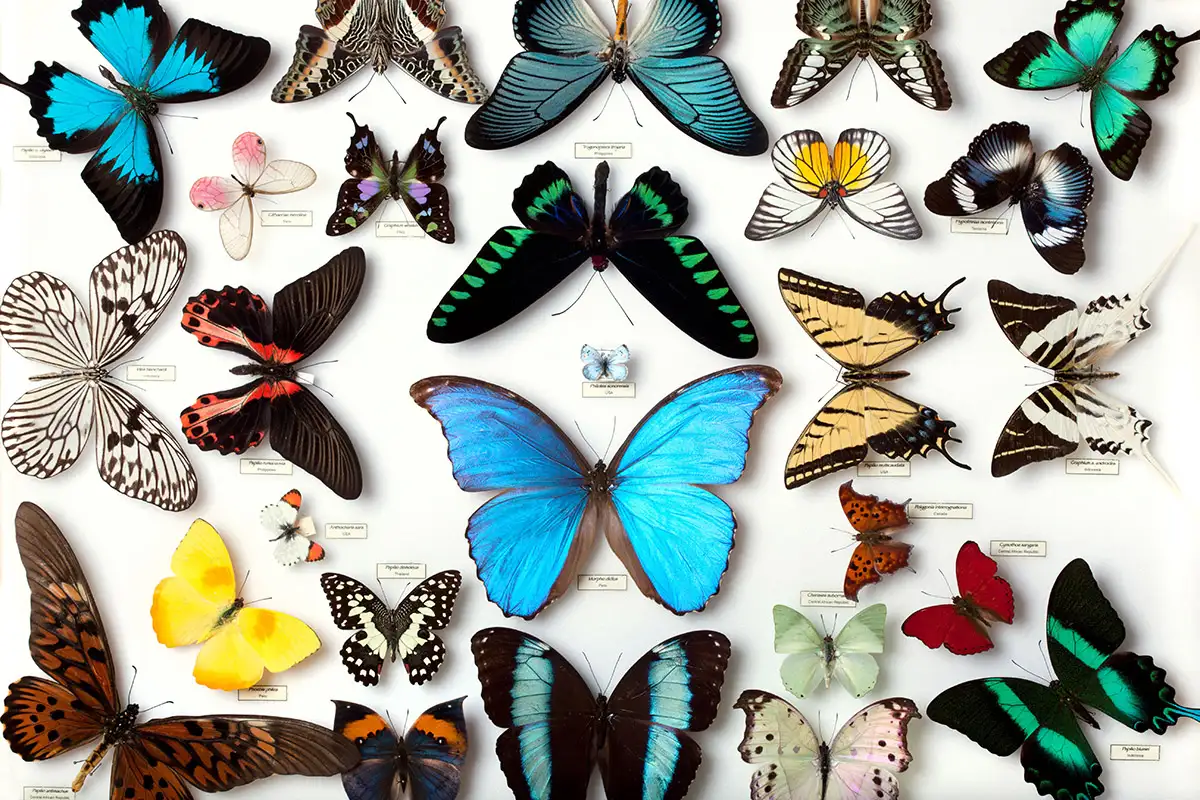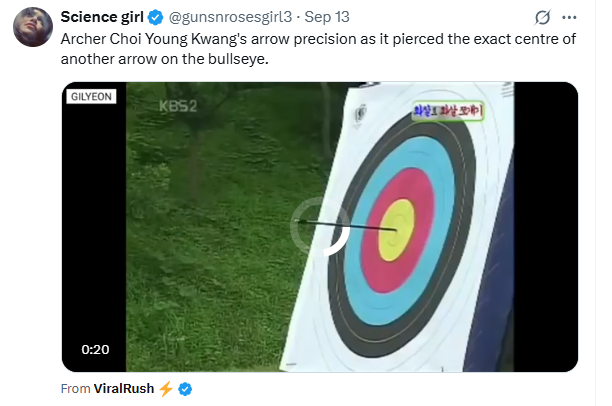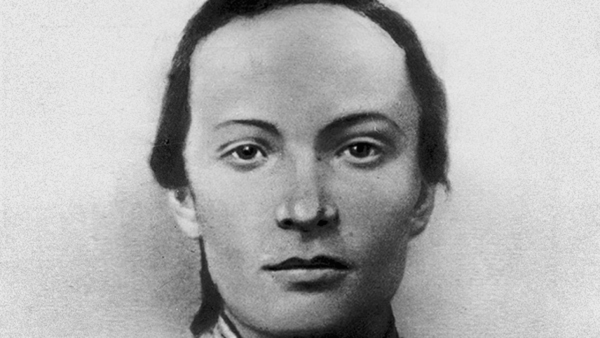Tesla thought he could talk telepathically with a pigeon

From Nautilus: "Nikola Tesla — the Serbian-American scientist famous for designing the alternating current motor and the Tesla coil — had, for years, regularly been spotted skulking through the nighttime streets of midtown Manhattan, feeding the birds at all hours. He was known to keep baskets in his room as nests, along with caches of homemade seed mix, and to leave his windows perpetually open so the birds could come and go. Once, he was arrested for trying to lasso an injured homing pigeon in the plaza of St. Patrick’s Cathedral, and had to convince the officers that he was — or had been — one of the most famous inventors in the world. It had been years since he’d produced a successful invention. He was gaunt and broke, having been kicked out of a string of hotels. Tesla said that he and one bird could speak to one another mind to mind, and that sometimes beams of light would shoot from her eyes."
He built a fully-functional web server that runs on a disposable vape pen

From Bogdan the Geek: "The idea of hosting a web server on a vape didn’t come to me instantly. In fact, I have been playing around with them for a while. Semi-hosting is basically syscalls for embedded ARM microcontrollers. YMost people just use this to get some logs printed from the microcontroller, but they are actually bi-directional. If you are older than me, you might remember a time before Wi-Fi and Ethernet, the dark ages, when you had to use dial-up modems to get online. You might also know that the ghosts of those modems still linger all around us. Almost all USB serial devices actually emulate those modems: a 56k modem is just 57600 baud serial device. Data between some of these modems was transmitted using a protocol called SLIP (Serial Line Internet Protocol). This may not come as a surprise, but Linux supports SLIP."
Scientists are still grappling with the ripple effects of the Great Butterfly Heist of 1947

From the ANU: "In 1942, a British man named Colin Wyatt travelled to Australia. He was an Olympic champion ski-jumper, an author, a painter, and a butterfly collector. A renaissance man, if you will. Under the guise of updating a book on Australian butterflies, Wyatt was invited into the back rooms of museums, home to the most coveted specimens. He then simply strolled out of the museums with tins full of butterflies in his pockets and under his hat. Over multiple visits in 1946, Wyatt smuggled three thousand butterfly specimens out of Australian museum collections. Soon word spread through staff at the Australian museums that there were holes in their butterfly collections. The rarest, most difficult-to-find specimens had simply vanished. Scotland Yard detectives eventually charged Wyatt, retrieved 1600 of the priceless specimens and sent them back to Australia. An ominous yellow tag remains on each specimen to this day, saying, “Passed through C. W. Wyatt theft collection, 1946-1947."
Hi everyone! Mathew Ingram here. I am able to continue writing this newsletter in part because of your financial help and support, which you can do either through my Patreon or by upgrading your subscription to a monthly contribution. I enjoy gathering all of these links and sharing them with you, but it does take time, and your support makes it possible for me to do that. I also write a weekly newsletter of technology analysis called The Torment Nexus.
Every year Hungary hosts the International Grave-Digging Championship

From Oddity Central: "Every year since 2016, with the exception of 2020 and 2021, Hungary’s Association of Cemetery Operators and Maintainers (MTFE) has been inviting grave diggers from all over the world to the European country to compete for the title of World Grave Digging Champions. Working in teams of two, grave diggers must put their abilities to the test by digging graves that are 2 meters long, 80 centimeters wide, and 1.6 meters deep within two hours, and then shoveling the approximately 2.5 tons of dirt back into the holes to create a neat burial mound. It sounds easy enough, but speed, accuracy, and attention to detail are the main criteria by which contestants are judged. Hungarian team Parakletosz Nonprofit Kft managed to snag first prize for the second year in a row, with an enviable time of just over an hour and a half."
This French discovery seemed revolutionary but turned out to be mostly a hoax

From La Brujula Verde: "Glozel is the name of a village near Vichy where, in 1924, an archaeological site was discovered. It was the beginning of March 1924 — barely two years after the sensational discovery of Tutankhamun’s tomb — when a teenage farmer named Émile Fradin was helping his grandfather Claude plow their farm and found an underground chamber. It had brick walls and a floor paved with clay slabs. In just two years of work, two more chambers appeared, with a total of three thousand objects, among which were a hundred tablets with unidentified signs, another fifteen with handprints, idols of a sexual nature, worked stone objects, bones, deer antlers, ceramic and glass pieces, slate bracelets with inscriptions, bone harpoons, etc. Such diversity in the same place raised serious doubts in the scientific community, aggravated by the fact that Morlet was only an amateur and his assistant a simple farmer."
This archer's arrow hits the exact center of the previous arrow that hit the bullseye

Acknowledgements: I find a lot of these links myself, but I also get some from other newsletters that I rely on as "serendipity engines," such as The Morning News from Rosecrans Baldwin and Andrew Womack, Jodi Ettenberg's Curious About Everything, Dan Lewis's Now I Know, Robert Cottrell and Caroline Crampton's The Browser, Clive Thompson's Linkfest, Noah Brier and Colin Nagy's Why Is This Interesting, Maria Popova's The Marginalian, Sheehan Quirke AKA The Cultural Tutor, the Smithsonian magazine, and JSTOR Daily. If you come across something interesting that you think should be included here, please feel free to email me at mathew @ mathewingram dot com



